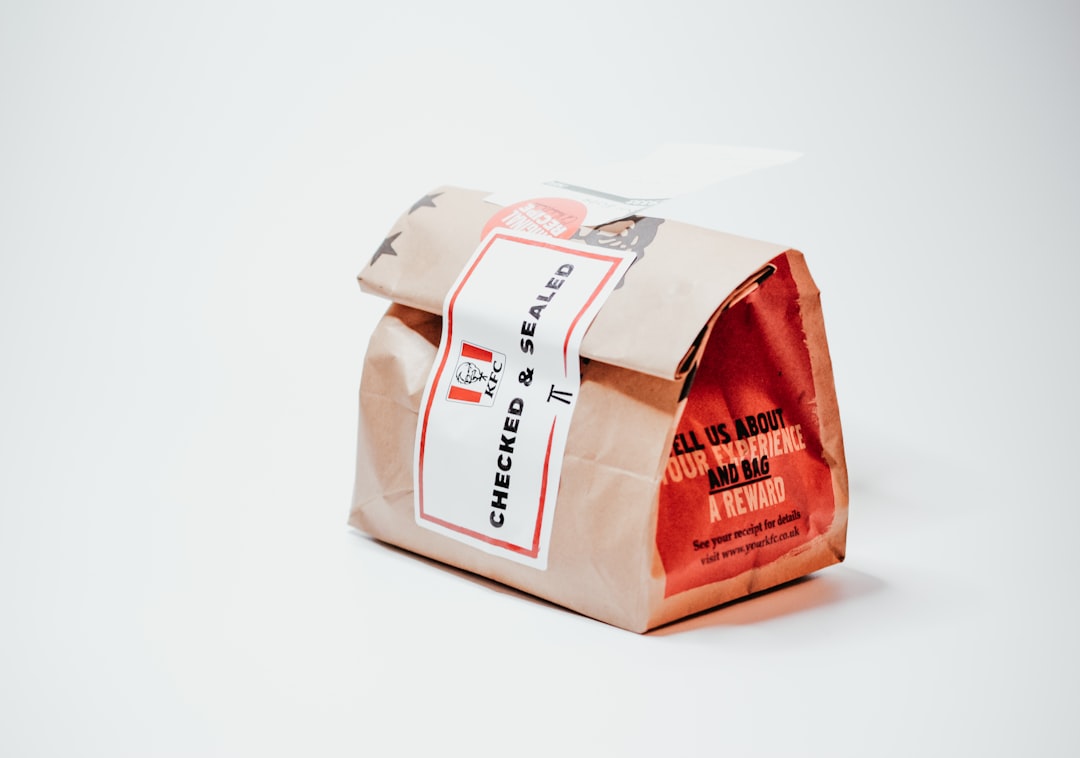Packaging plays a crucial role in ensuring food safety and preservation by acting as a protective barrier between the food product and external contaminants. It not only safeguards the quality of food but also extends its shelf life, making it a vital component in the food industry. This blog post will explore the importance of packaging in maintaining food safety and preservation, highlighting various packaging methods and materials used to achieve these goals.
Importance of Packaging in Food Safety
Packaging serves several key functions that contribute to food safety:
-
Protection from Contaminants: Packaging materials prevent exposure to dust, bacteria, and other contaminants that could compromise food safety. This is particularly important for perishable items like dairy, meat, and fresh produce.
-
Environmental Protection: Packaging shields food from environmental factors such as light, moisture, and air, which can lead to spoilage and degradation of nutritional value.
-
Preservation of Sensory Qualities: Proper packaging helps maintain the taste, texture, and aroma of food by preventing chemical reactions and oxidation.
Types of Packaging Methods
Several packaging methods are used to enhance food safety and preservation:
-
Modified Atmosphere Packaging (MAP): This method involves altering the gaseous atmosphere inside a package to slow down spoilage. It is commonly used for fresh fruits, meats, and bakery goods.
-
Vacuum Packaging: Removing air from the package prevents the growth of spoilage bacteria, preserving the texture and flavor of products like processed meats and cheese.
-
Aseptic Packaging: This involves sterilizing both the food product and packaging material separately before sealing, allowing for preservation without refrigeration or preservatives.
-
Retort Packaging: Heat-processing food in sealed containers kills unwanted microorganisms, extending shelf life without refrigeration.
Packaging Materials
The choice of packaging material is critical for ensuring food safety:
-
Plastic Packaging: Offers protection against contamination and extends shelf life by providing a barrier against moisture and oxygen.
-
Flexible Packaging: Includes materials like paper, thin laminates, and plastic films, which are more sustainable and eco-friendly compared to rigid packaging.
-
Multi-Layer Packaging: Combines different materials to provide superior protection against oxygen, moisture, light, and odors, making it suitable for perishable and processed foods.
Innovations in Packaging
The packaging industry is evolving with innovations aimed at enhancing sustainability and safety:
-
Edible Packaging: Made from natural food-grade materials, it reduces waste and enhances consumer experience.
-
Biodegradable Materials: Increasingly used to reduce environmental impact and align with consumer preferences for sustainable products.
-
Active Packaging Technologies: These can absorb or release substances to extend freshness and provide real-time information about product safety.
Conclusion
Packaging is a vital component in maintaining food safety and preservation. By protecting food from contaminants, environmental factors, and spoilage, packaging ensures that products reach consumers in their best condition. As the industry continues to innovate with sustainable and advanced packaging solutions, the role of packaging in safeguarding food quality will remain indispensable.
Citations:
- https://www.ficsi.in/blog/impact-of-packaging-materials-on-food-safety/
- https://durapak.in/types-of-food-packaging-methods/
- https://senpak.net/the-role-of-plastic-packaging-in-preserving-food-quality-and-safety/
- https://www.aran.co.il/preserving-food-quality-and-safety-a-focus-on-processing-and-packaging-methods/
- https://www.kimecopak.ca/blogs/news/food-packaging
- https://www.btsa.com/en/packaging-and-food-preservation/
- https://albizpackaging.co.uk/blogs/news/role-of-packaging-in-food-safety
- https://www.britannica.com/topic/food-preservation/Packaging
- https://inside-packaging.nridigital.com/inside_packaging_may24/the_role_of_packaging_in_maintaining_food_quality

Comments
No comments yet. Be the first to comment!
You must be logged in to comment. Login